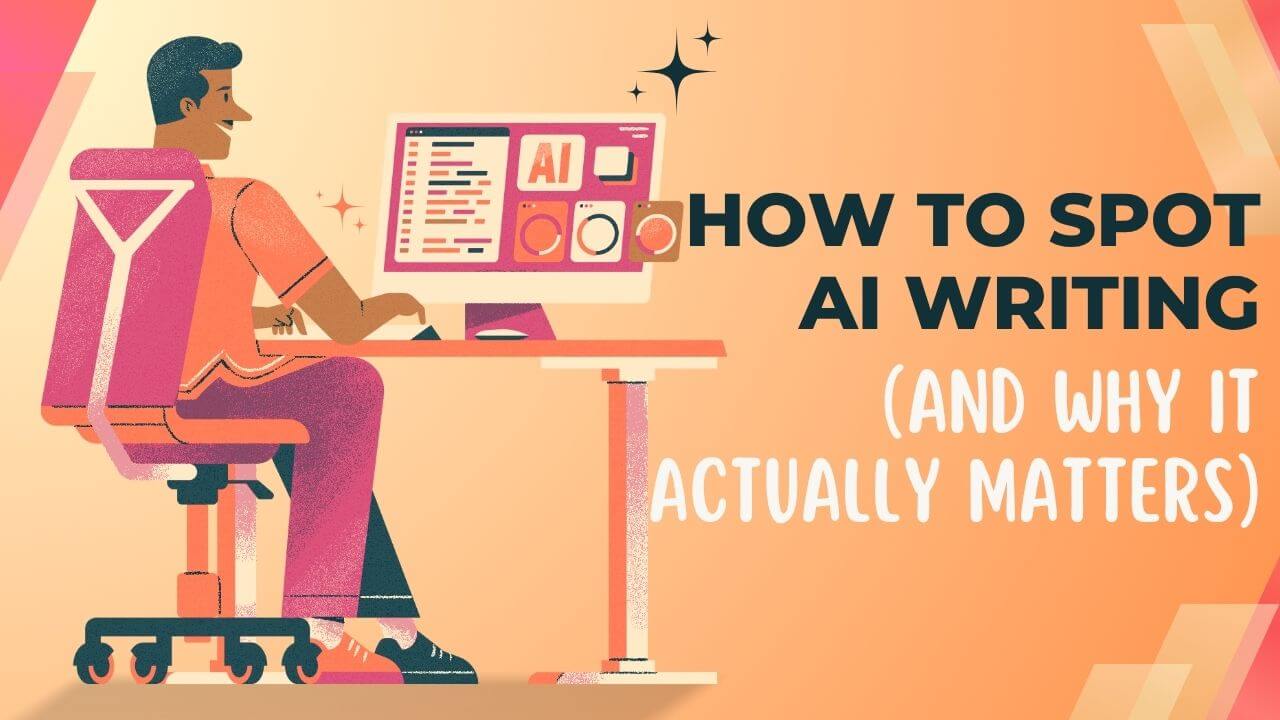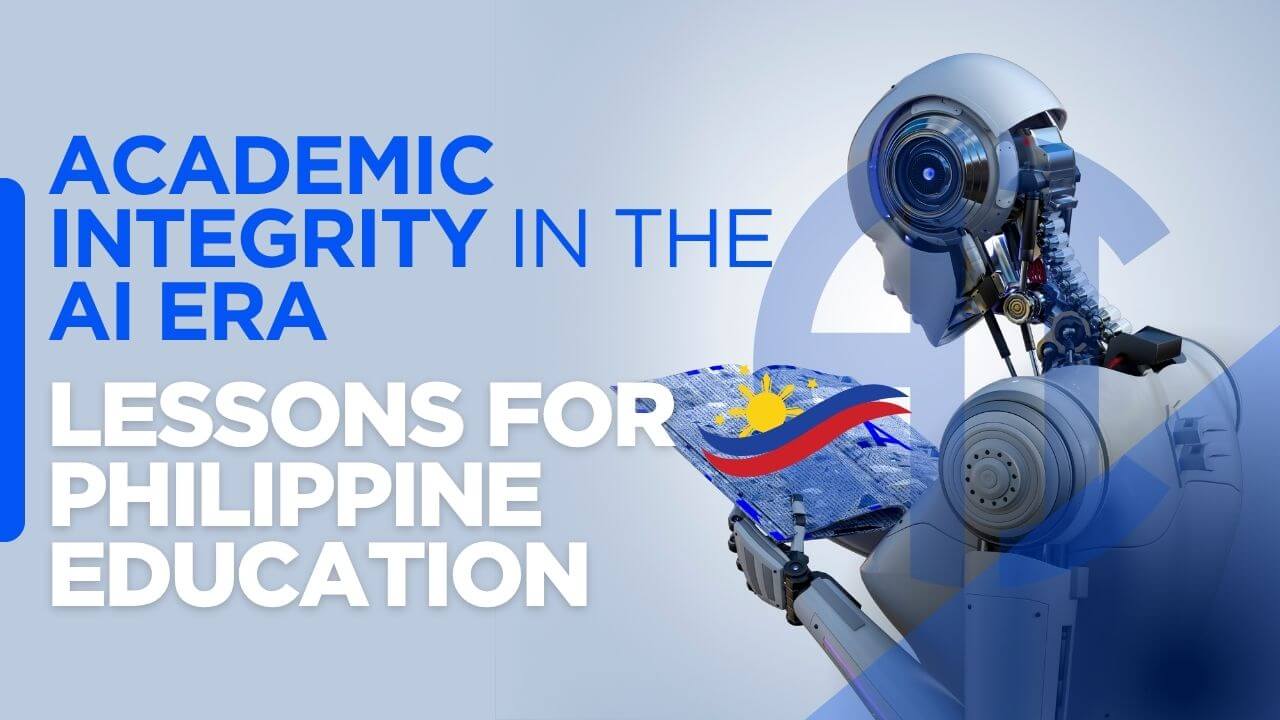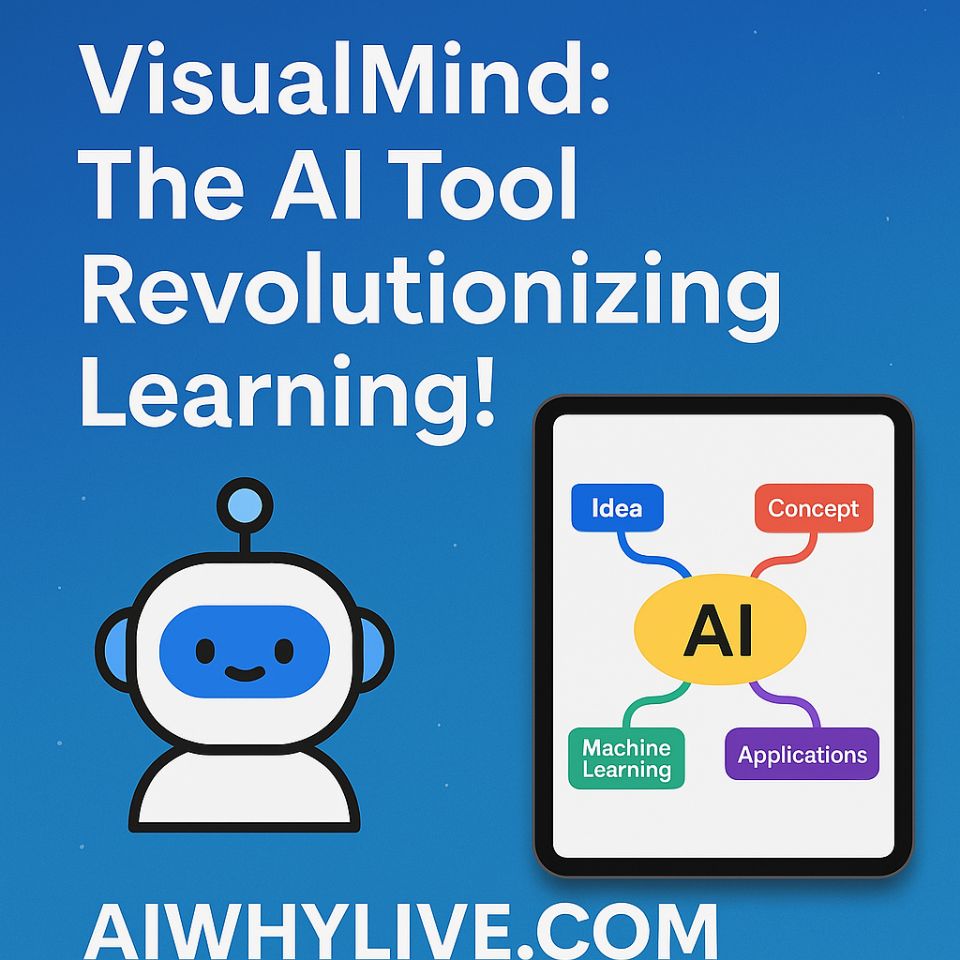Ever read something online and thought, “This sounds like it was written by a robot”? Well, you might be right. With AI writing tools everywhere these days, the internet is flooded with content that sounds… weird. Kind of like when your cousin tries to sound smart at family reunions but ends up using words nobody actually says.
Let’s break down how to tell the difference between human and AI writing, and why it’s not as black and white as you think.
The New Ghostwriters: The Unseen Orators Among Us

Before we get to spotting the bots in articles, consider where else their voices are emerging. AI is now the silent co-author for some of the most personal and impactful forms of human communication.
- Politicians: Aides and speechwriters are using AI to rapidly generate drafts on complex policies, freeing them up to focus on strategy and delivery. The goal is a persuasive, well-structured message, but the risk is a speech that lacks a genuine human core.
- Churches: Facing the weekly demand for sermons, some clergy are turning to AI for outlines and inspiration. This can be a helpful tool, but it raises questions about the source of spiritual guidance and personal connection.
- Wedding Speakers: The pressure is on for the perfect best man toast or maid of honor speech. AI tools now promise to craft a funny, heartfelt tribute with just a few prompts, acting as a lifeline for those who dread public speaking.
- Funeral Eulogies: In a time of grief, finding the right words is difficult. AI eulogy generators offer to structure thoughts and eloquently capture a loved one’s life, providing a coherent tribute when words fail.
So, how can you tell if that moving eulogy or persuasive speech had a little help from an algorithm? It starts with knowing their favorite words.
The Dead Giveaways: Words AIs Can’t Stop Using
AI writing tools have favorite words like your tita has favorite teleserye actors. Here are the words that scream “I was written by a machine”:
The Usual Suspects:
- Comprehensive (AIs love this word more than Filipinos love rice)
- Leverage (when they mean “use”)
- Robust (for literally everything)
- Seamless (nothing is ever just “smooth” anymore)
- Revolutionary (apparently everything changes the world now)
- Cutting-edge (even describing kitchen knives)
- Furthermore (humans just say “also”)
- Nevertheless (we usually go with “but”)
- It’s worth noting (just say the thing!)
Business Jargon Overload:
- Synergy, paradigm shift, holistic approach, best practices, low-hanging fruit, circle back, deep dive
If you see three or more of these in one article, you’re probably reading AI content.
How to Detect Human vs AI Writing (No Tools Needed)
The Smell Test Method
Human Writing Feels Like:
- Someone actually talking to you
- Random tangents that somehow make sense
- Personal experiences mixed in
- Jokes that land (or don’t, but they tried)
- Weird analogies that work
- Sometimes messy but authentic
AI Writing Feels Like:
- A very polite robot explaining things
- Perfect structure but no soul
- Lists for everything
- Safe, boring examples
- No personality quirks
- Technically correct but emotionally flat
The Structure Detective
Humans:
- Mix short and long sentences randomly
- Start paragraphs weird sometimes
- Use contractions naturally (can’t, won’t, shouldn’t)
- Have typos (we’re human!)
- Go off on tangents
- Ask rhetorical questions randomly
AI:
- Consistent paragraph lengths
- Perfect grammar always
- Formal transitions everywhere
- Numbered lists for everything
- Never gets sidetracked
- Asks questions only to answer them immediately
Sample Showdown: Human vs AI Writing
AI Version:
“Leveraging artificial intelligence for content creation offers comprehensive solutions that can revolutionize your digital marketing strategy. Furthermore, these cutting-edge tools provide robust capabilities that streamline workflows and optimize productivity. It’s worth noting that businesses utilizing AI-driven content solutions often experience enhanced engagement rates and improved ROI. Here are five key benefits to consider:
- Increased efficiency through automated processes
- Enhanced scalability for content production
- Improved consistency across all platforms
- Cost-effective resource allocation
- Advanced analytics for data-driven insights”
Human Version:
“Look, AI writing tools are pretty cool, but they’re also kinda weird. Like, they’ll help you write faster, sure, but sometimes the result sounds like a corporate memo had a baby with a textbook.
I tried one last week for my blog post about local coffee shops in Bacolod. The AI kept calling it a ‘comprehensive guide to optimizing your caffeine consumption experience.’ Dude, I just wanted to tell people where to get good kapeng barako without sounding like a robot.
But here’s the thing – they’re actually useful if you know what you’re doing. Just don’t expect them to capture that feeling when your lola makes the perfect tsokolate on a rainy morning. Some things need a human touch.”
The Differences:
- AI: Uses “leveraging,” “comprehensive,” “robust” – the holy trinity of AI buzzwords
- Human: Uses “kinda,” contractions, local references (Bacolod, kapeng barako, lola)
- AI: Perfect numbered list
- Human: Messy storytelling with personal example
- AI: Formal throughout
- Human: Conversational, uses “Dude” and “here’s the thing”
Is Human Always Good? Is AI Always Bad?
Plot twist: Not really.
Human writing can suck when:
- The writer is having an off day
- They’re rushing to meet deadlines
- They don’t know the topic well
- They’re trying too hard to sound smart
- Personal bias clouds the facts
AI writing can be helpful when:
- You need quick, factual information
- Generating ideas or outlines
- Translating technical concepts
- Creating consistent formats
- Editing and improving structure
The real issue? Most AI content is bland, safe, and forgettable. It’s like eating plain rice every day – technically nutritious, but where’s the flavor?
The Filipino Content Creator’s Dilemma
Here in the Philippines, we have this unique voice. We mix English, Filipino, sometimes regional languages. We reference things only we understand. We have cultural nuances that AI just can’t capture.
When AI tries to write “Filipino content,” it often sounds like an American trying to explain balut to other Americans. Technically correct, culturally tone-deaf.
The best approach? Use AI as your research assistant, not your voice. Let it gather information, then tell the story your way.
Red Flags That Scream “AI Wrote This”
- Every paragraph is exactly 3-4 sentences
- Transitions are too smooth (life isn’t that organized)
- No cultural references or slang
- Perfect grammar (humans make mistakes)
- Lists everywhere (we don’t think in bullet points)
- No personal opinions (humans have feelings)
- Overly helpful tone (like a customer service bot)
- No typos whatsoever (suspicious!)
The Future of Content: Hybrid is King
The smartest content creators aren’t choosing between human or AI – they’re using both. AI for research and structure, humans for voice and authenticity.
Think of AI as your intern who’s really good at organizing information but terrible at understanding why Filipinos find certain things funny. You still need to add the personality, the cultural context, the “aha!” moments that make people actually want to read.
Why This Actually Matters for Filipino Creators
Google and other platforms are getting better at detecting AI content. Not because AI is evil, but because most AI content is generic and unhelpful. The algorithm wants to promote content that actually serves readers.
As Filipino content creators, we have a superpower: authentic cultural perspective. No AI can replicate the experience of growing up with specific traditions, understanding local humor, or knowing exactly how to explain complex topics using familiar analogies.
Use AI as a tool, not a replacement. Let it help with research, structure, and editing. But the voice, the stories, the cultural insights – that’s all you.
The Ironic Conclusion
So here’s the funny part – after writing this entire article about how to spot AI writing, you’re probably wondering: “Did Claude just write this using AI?”
In case I did, this is aiwhylive.com – my domain preaches to embrace AI, and I did not promise for money back!
But seriously, the real question isn’t whether this was written by human or AI. It’s whether it felt authentic, helpful, and engaging to you. Did it make you think? Did you learn something? Did it feel like a conversation rather than a lecture?
Because at the end of the day, that’s what good content does – regardless of who (or what) created it. And hey, if you’re still wondering about the ethics of AI-assisted writing, check out our deep dive on academic integrity in the AI age – it’s a game-changer for understanding how we navigate this new world.
Now excuse me while I go process this existential crisis in binary code.






